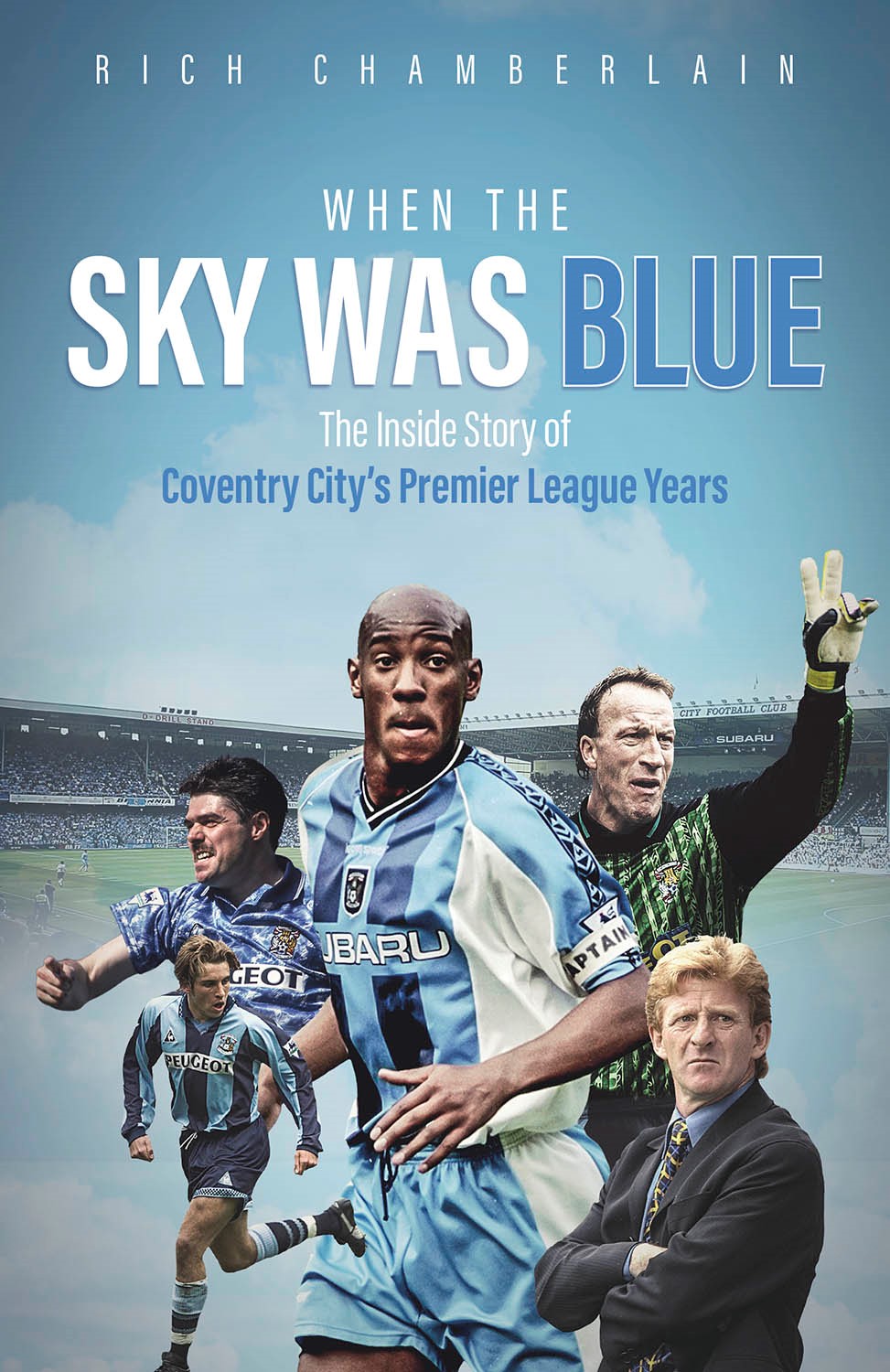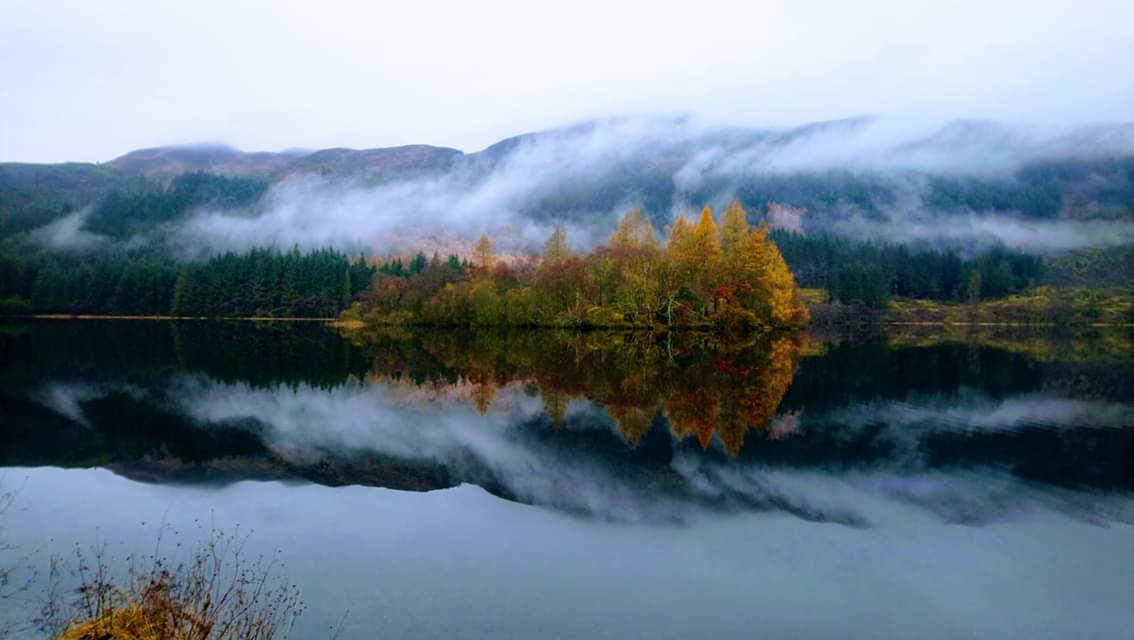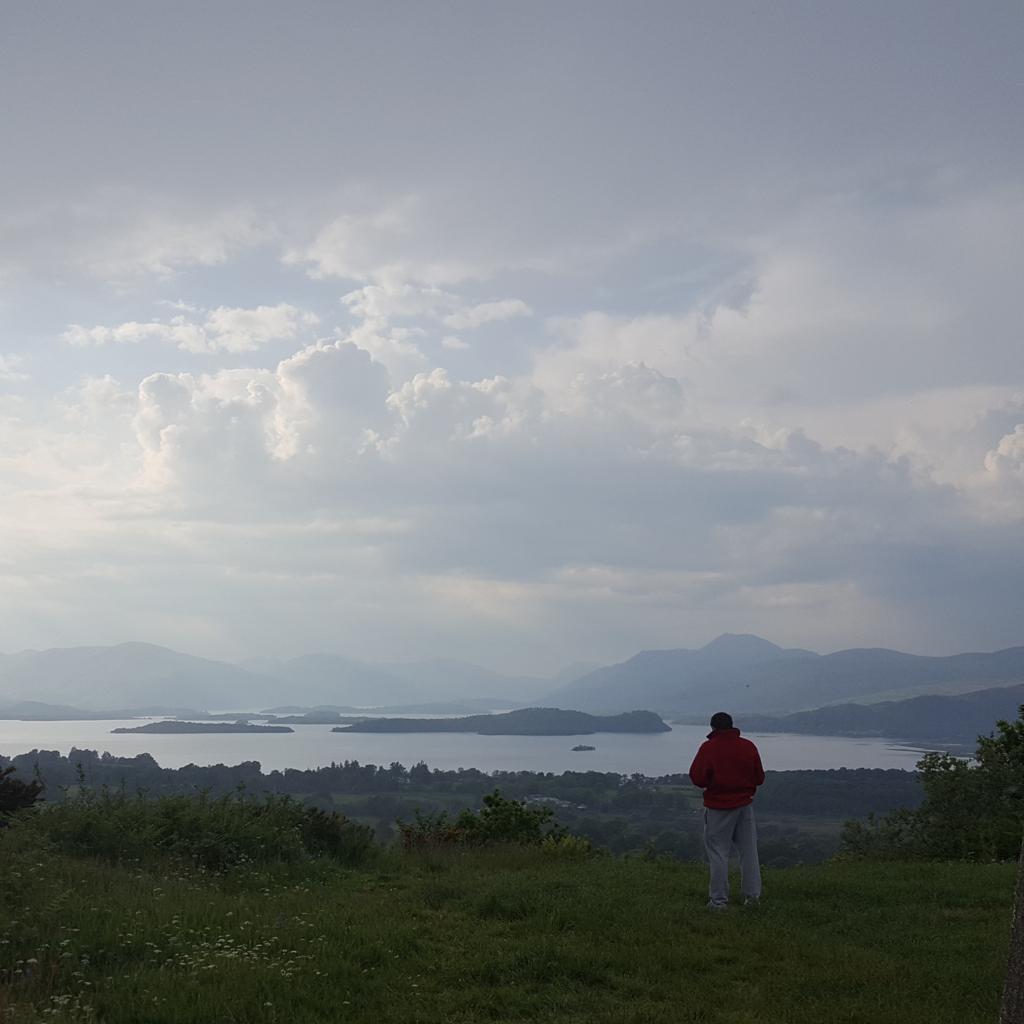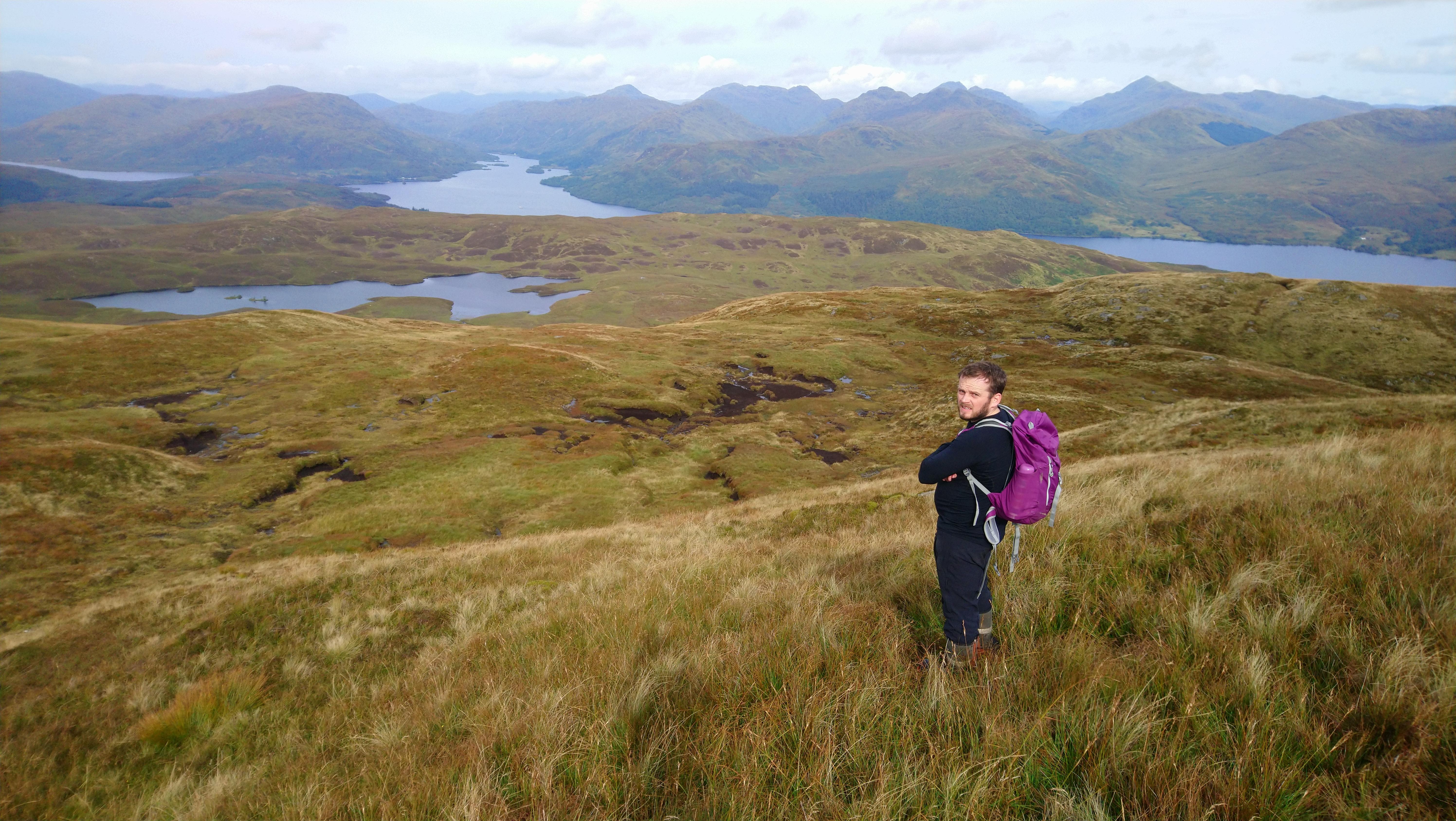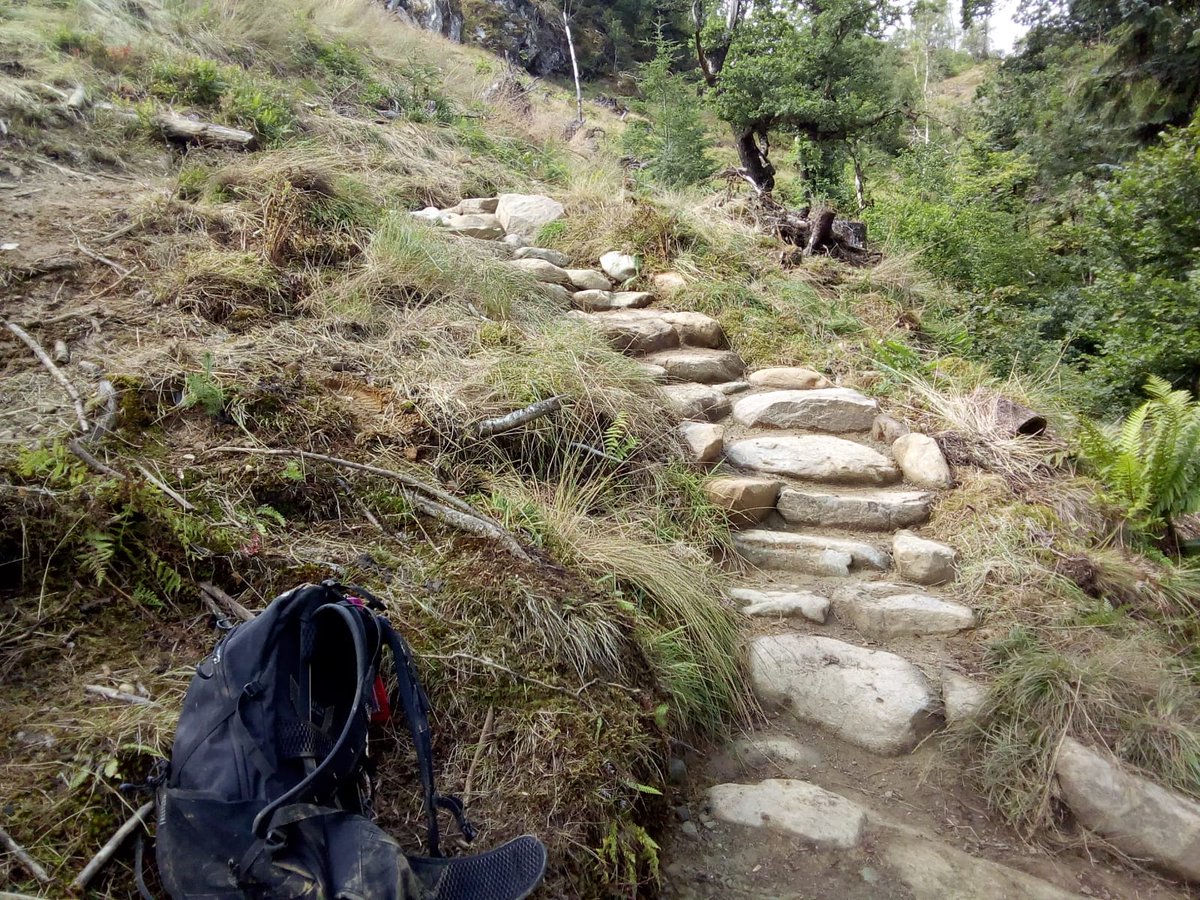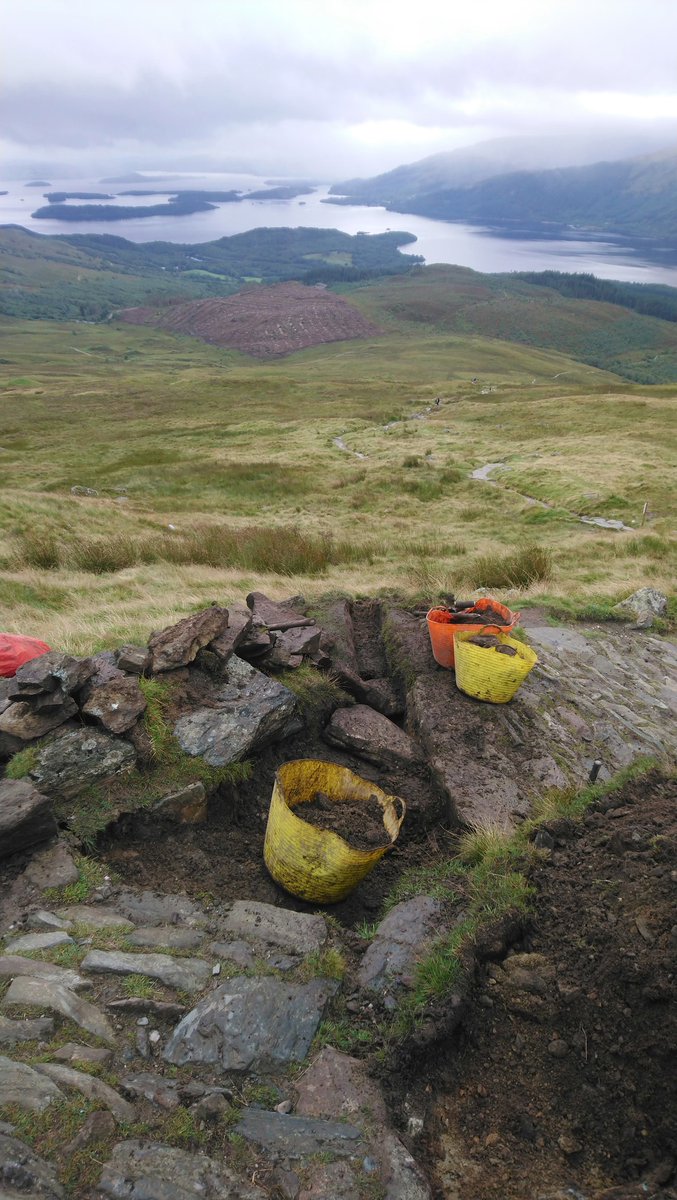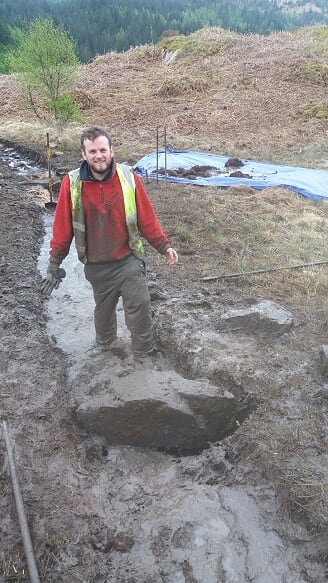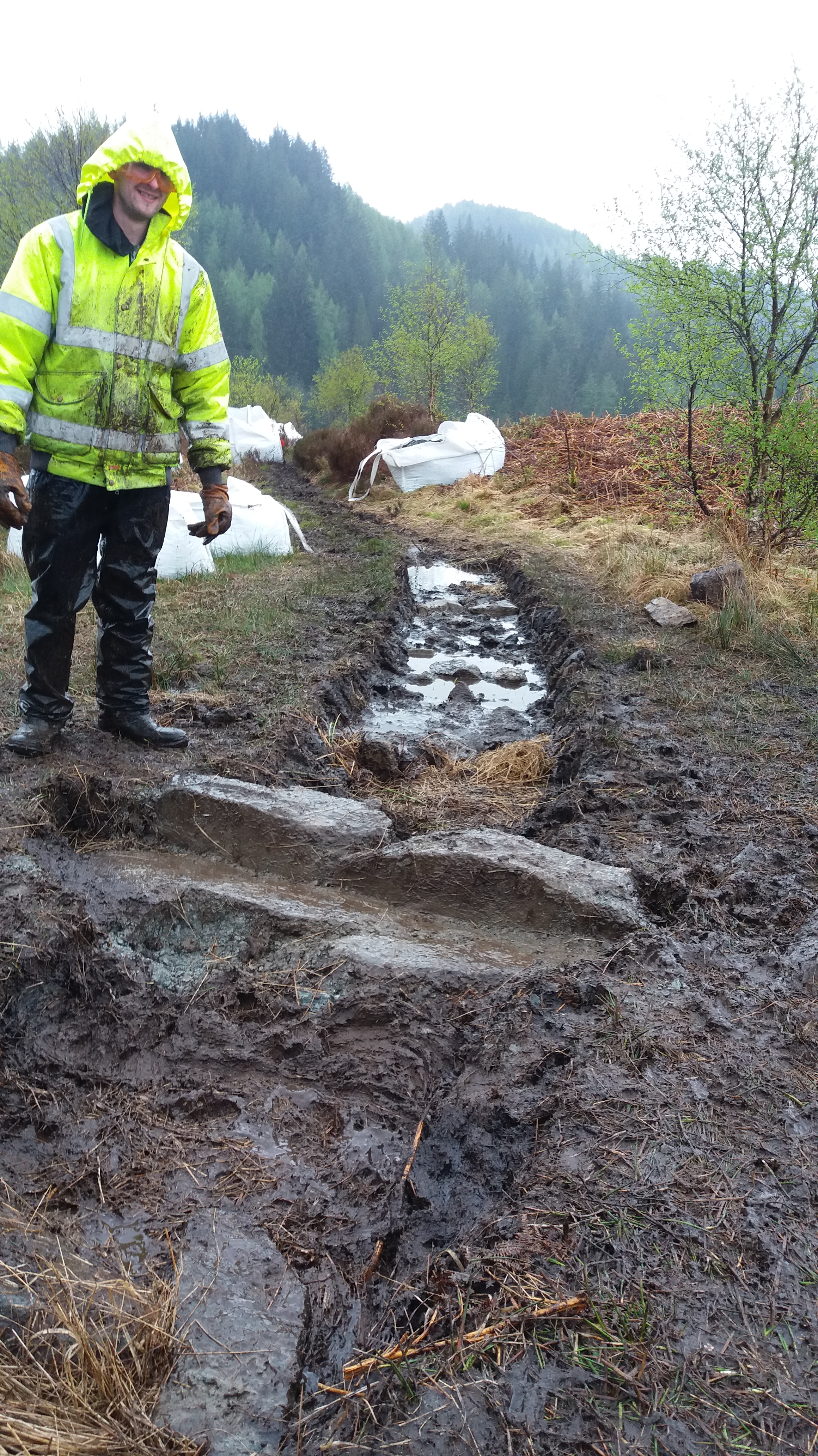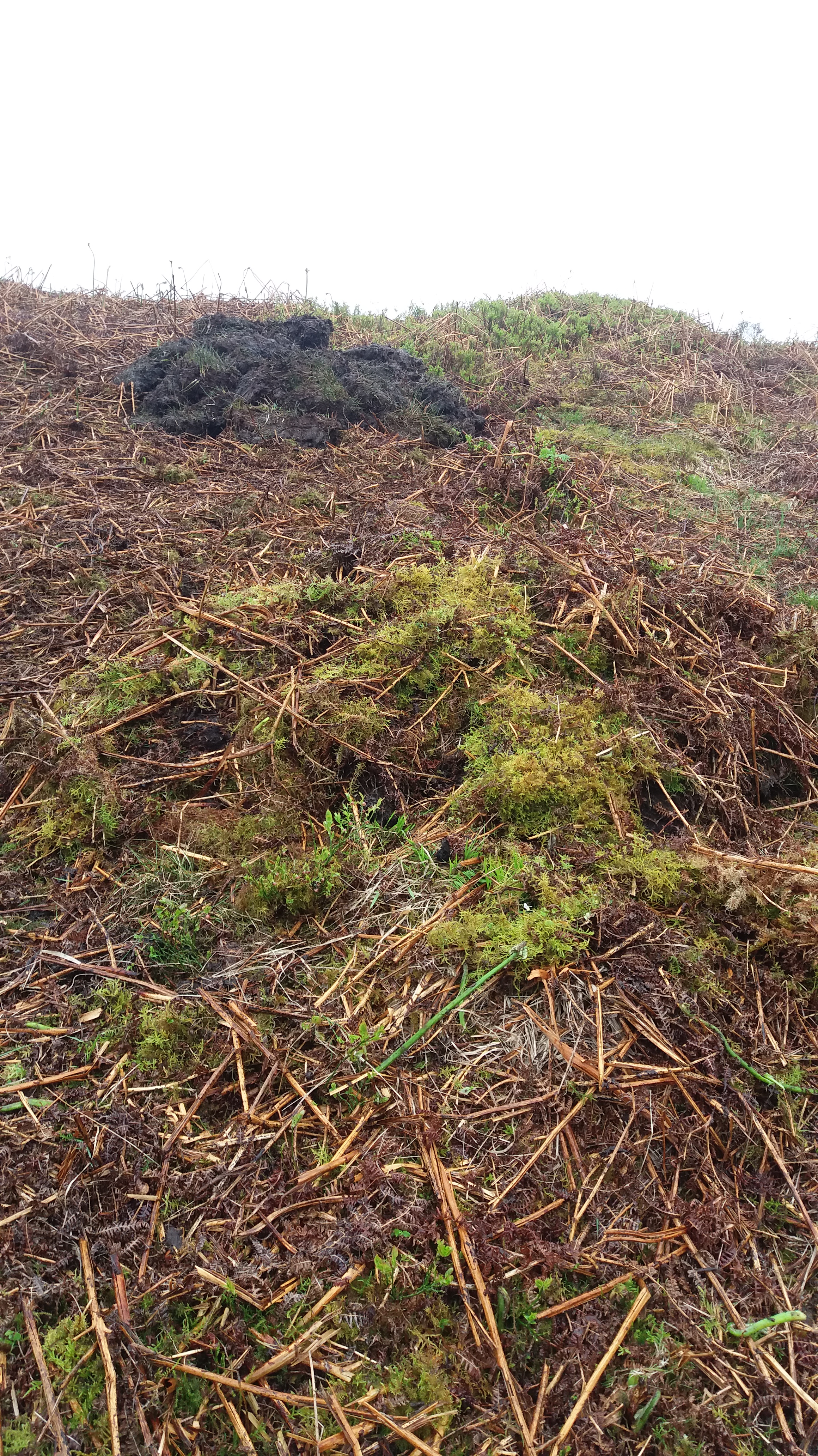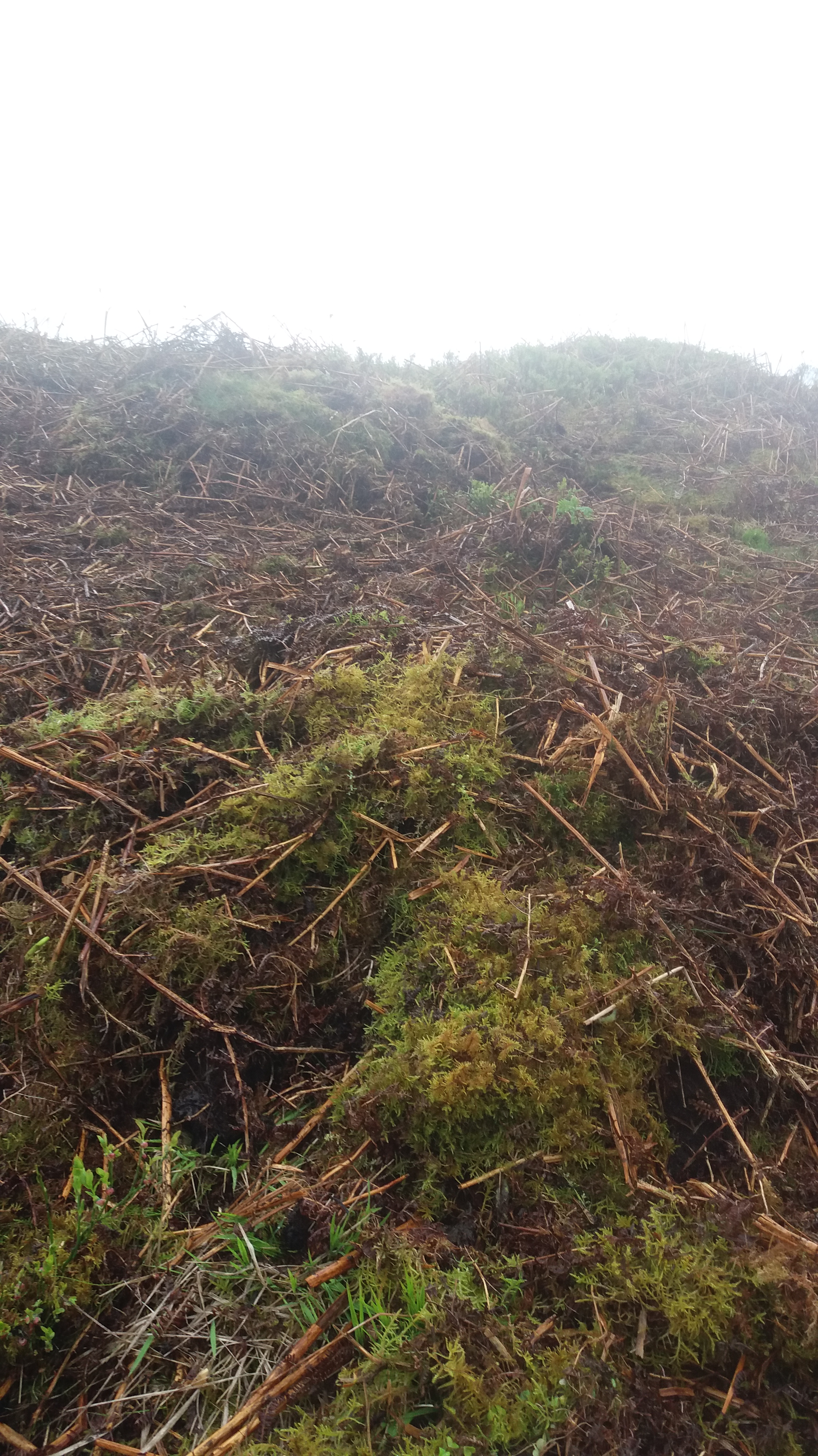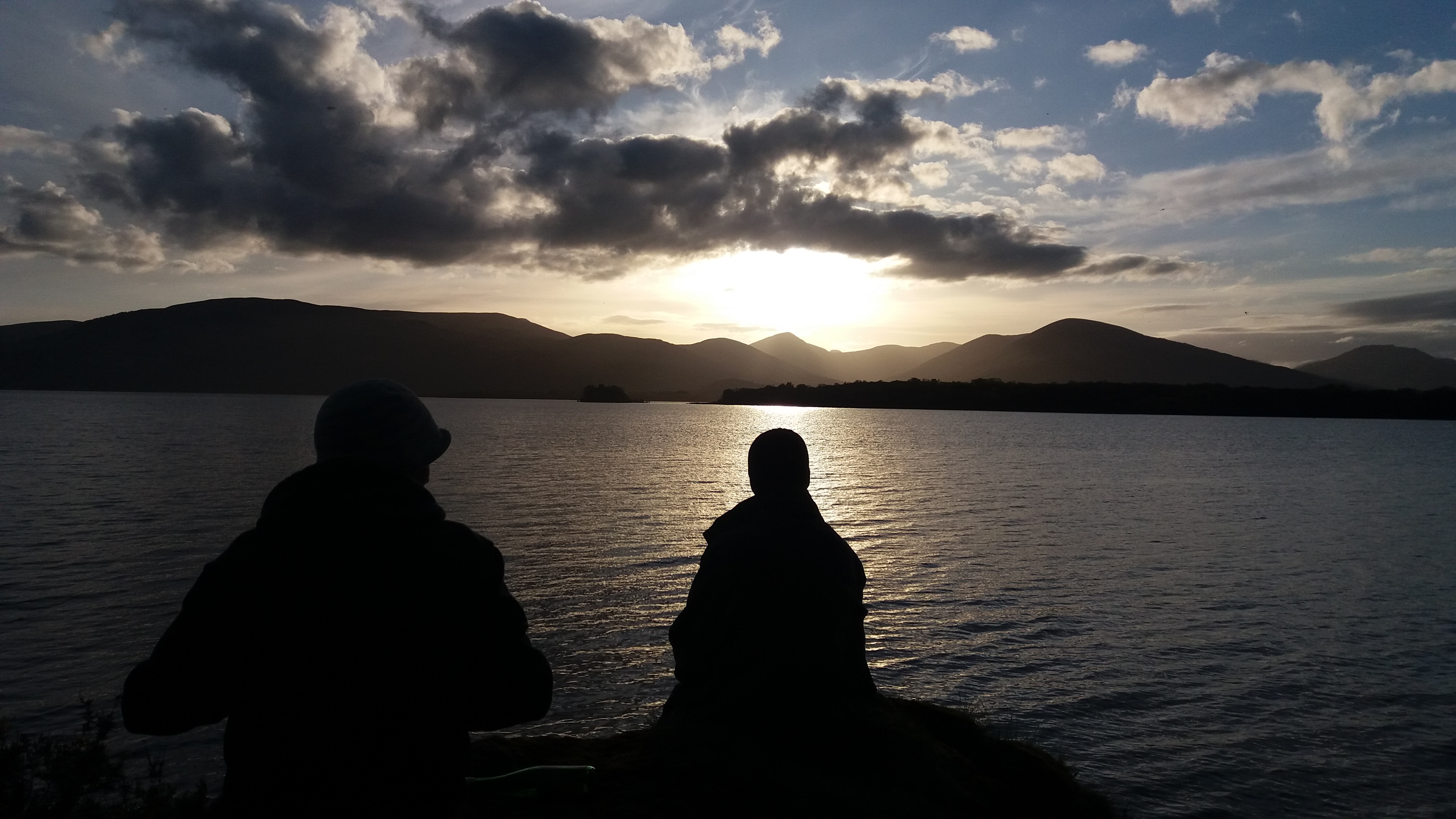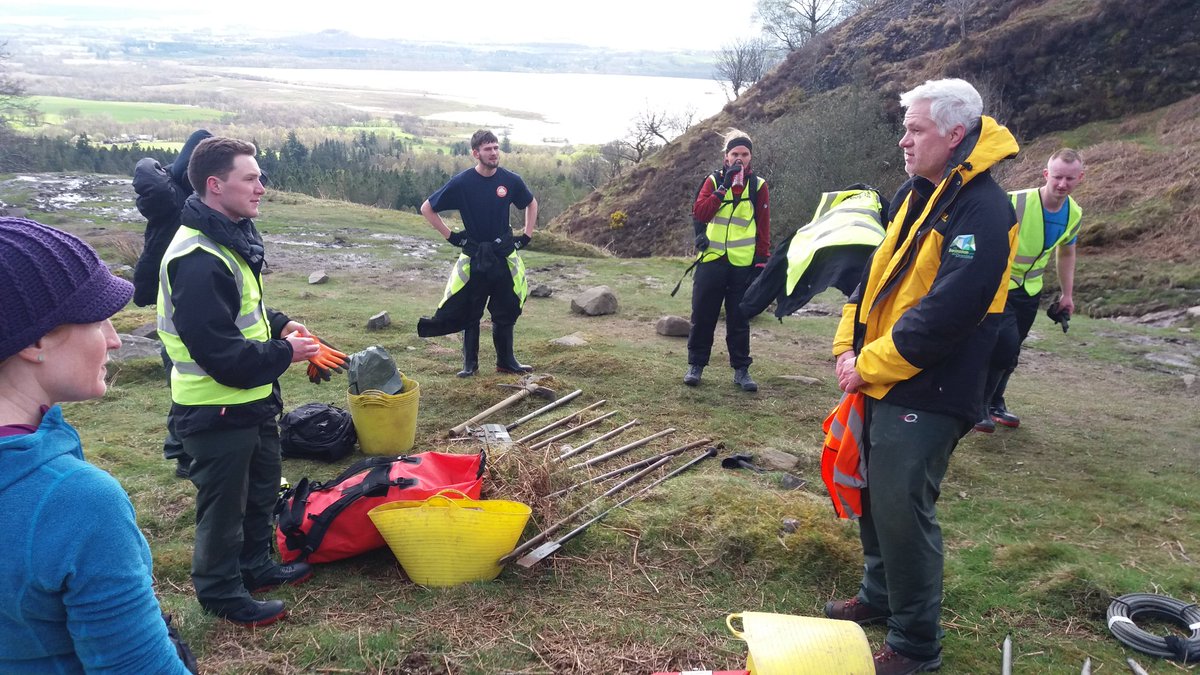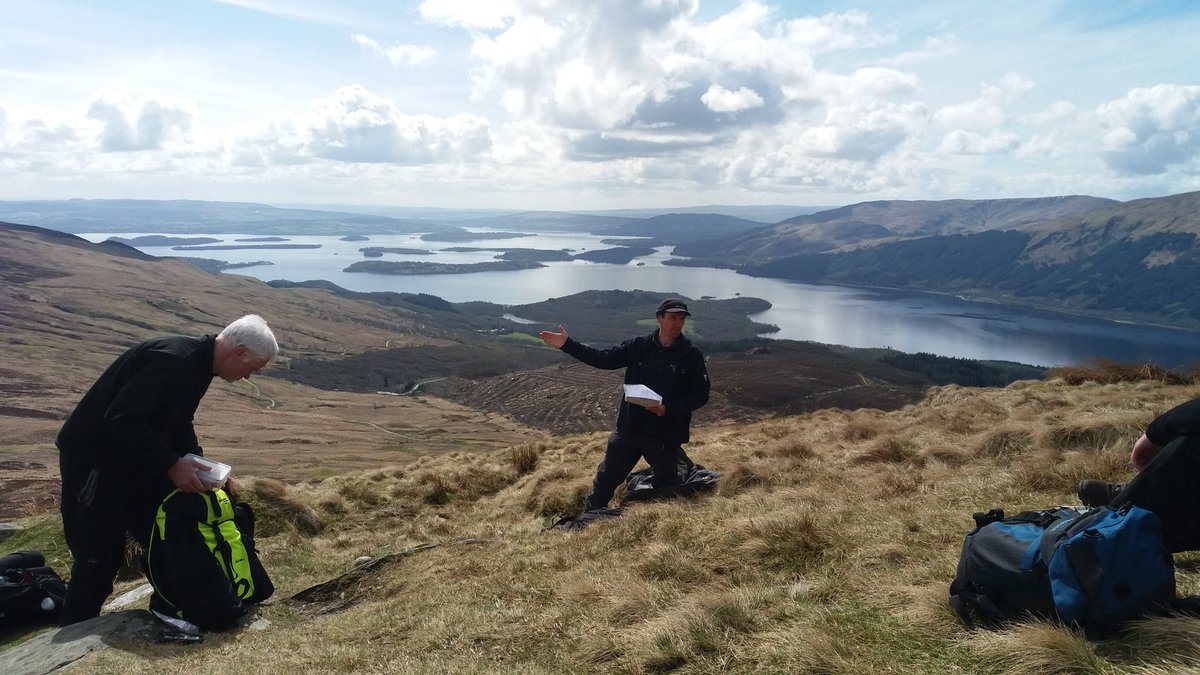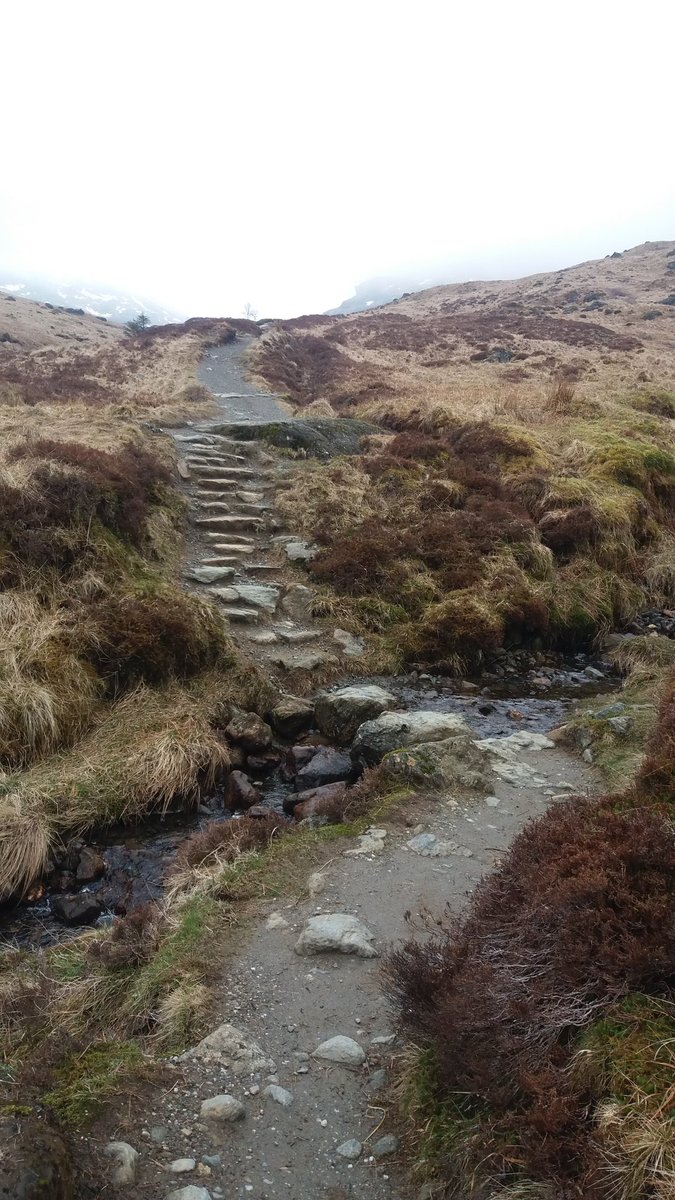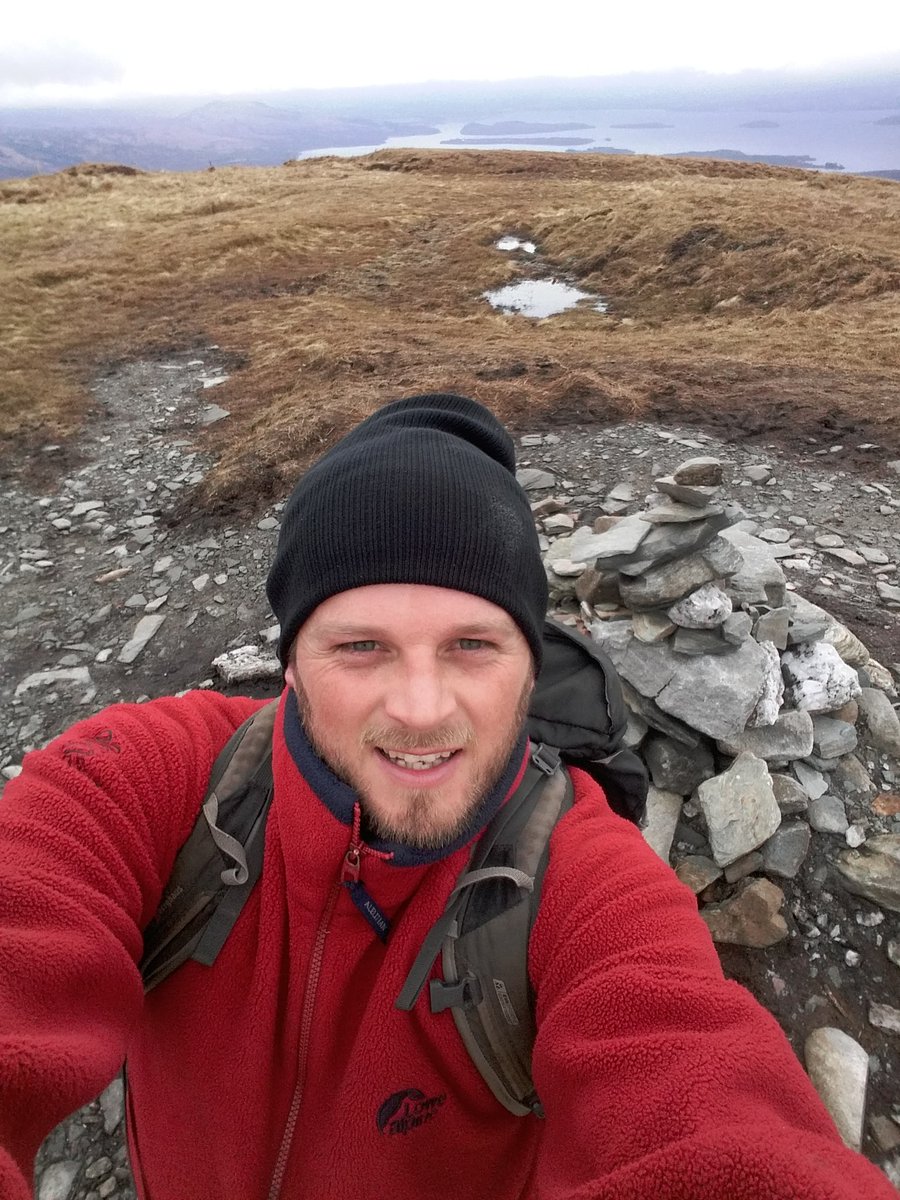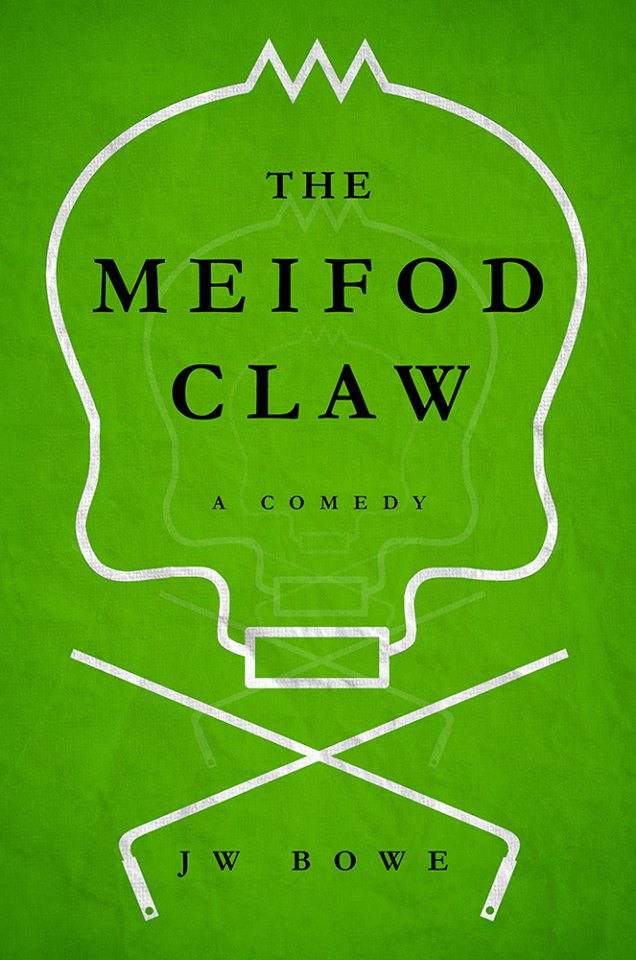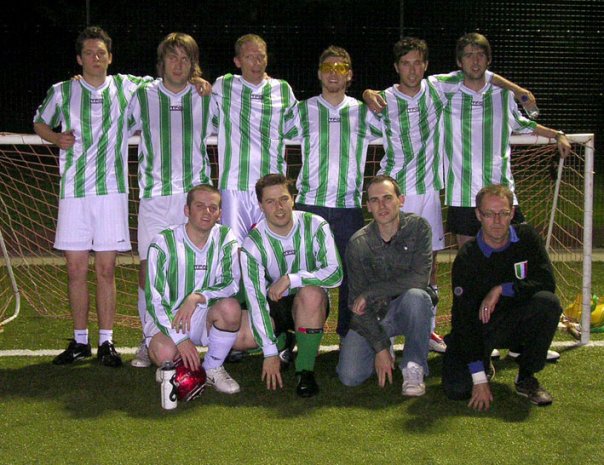No one in the Coventry City end of Wembley will ever forget the period of roughly one hour between the 70th minute and end of the penalty shootout on Sunday April 21. This is my full account, based on memory, chance encounter, things I can recall amid the chaos and discussion with fellow supporters. It is written with thanks to them for sharing the other worldy experience, which we could all meet up as survivors of in 10 years’ time.

70 – Man Utd 3 Coventry 0. In truth it’s been a City performance difficult to take huge pride in, ceding as it did most of the ground and initiative with initial formation, failing to lay so much as a glove, perhaps simply overawed by a greater opponent. “It’s too easy,” I keep repeating to no one. “Like a training match” says a man standing next to me. “They’re too good” adds another in the row behind.
Another fan two rows down, perhaps worse the wear for an elongated Green Man pub session that morning, bellows across to the next block, telling them to “fucking sing a song”. A steward scuttles over to tell him to stop vaping. The mood is resigned, defeatist and defeated, still noisy but frustrated at having so little of actual substance to cheer.
71 – It’s been better since half time, and the switch to a 4-2-3-1 formation, with substitute Fabio Tavares particularly causing increasing problems for Utd down the right hand side. Properly freed for the first time on the flank by Callum O’Hare, he guides a beautiful cross to the near post where an unmarked Ellis Simms somehow manages to sweep home a half volley off his shin. It is past Onana in the goal in a flash, spurring City to life. There’s not much hugging yet, very little genuine hope of actual comeback, but pride in having a moment to hold on to, a goal to celebrate. “Come on then!” a young guy behind shouts and defiant fists are pumped to the skies. A glimmer of something is maybe stirring.
73-77 – The team are starting to win clever free kicks. The passes are suddenly flawless, the technique trustworthy. United have lost control of midfield but not, as yet, to a damaging degree. Every single break in play, where Sheaf or Torp picks up the ball, they are implored to “drive!” by one fan close by. “Keep pushing!” another offers. The tiniest slither of doubt is creeping into United’s game. Rashford is caught offside, to thwart a potential counter attack.
78 – “Piss off!” and “Nooo, fuck off!” echo around as United come forward with Antony seeing a shot blocked. Another goal for them would kill it, make it absolutely certain.
79 – Another goal comes, but for City. Van Ewijk, endless energy, dinks a clever ball out of defence into space on the left side, where a confident Simms collects. Driving inside, against a feeble press that we’ve seen from United all season on Match of the Day and Sky, he finds O’Hare with space outside the area. Letting off a shot, it seems speculative at best, looping off Wan-Bissaka and lost in orbit for some time. When it comes back down its in the back of the net. There is a strange few seconds of silence followed by intense noise. The sort of jubilation only these moments can bring. Other worldly. Suddenly, inconceivably, everyone around me realises they may be part of something extraordinary. “Oh my god xx” I text my dad, whose fault it all is I care so much.
80 – It is becoming too much, mentally and physically, for some around me. One young man, shaven head and top off, is agitated beyond even the normal reactions of a crazy match, climbing onto the railings above the stairs to our block, risking a fairly significant fall. Other times he sits down on the steps, rocking and sobbing.
81 – Around this time I become aware of fan slumped on those same steps a bit further back, stewards next to him, fellow supporters sitting alongside him. “Heart attack” says a man behind me, ashen faced. The struggling fan seems to right himself, and rally, for a brief period of time. But the next time I look round he seems barely conscious, carried down steps toward waiting paramedics. His face, and the concern of his family and friends helping him out, will never leave me. Nothing before or since should matter, pitted against real world pain, but I’ve suddenly never wanted to win a football match more, for this unknown fan who I pray to God has recovered.
On the pitch Ben Sheaf, our captain, has fully decided to puff his chest out and run the game, firing high and wide.
82 – Bobby Thomas takes one for the team, a masterful professional foul and booking as United look to break. “Brilliant” says the fan next to me. It is cheered like a goal. Everything we do is from now on. Each and every Coventry player suddenly seems a foot taller, and United’s a foot less. Even Jay Dasilva, freshly on as a substitute, shows the skills and technique once honed in the Chelsea academy. There is an irresistible wave of pressure. My mind drifts to how uproariously proud I shall be at the end of this match, but I have also never been so utterly convinced in my life that we would score again in a match. “We’ve got this, you know” a man nearby says to himself.
85 – From a long throw, O’Hare is wiped out as he bravely contests a half clearance in the air. It drops to Torp on the half volley, whose thunderbolt – which would have burst the net – is beaten away brilliantly by Onana. Never has a ball been hit cleaner. “I can’t believe this!” says the guy to my left, stunned. Neither can any of us. Onana is finally booked for time wasting, after spending the entire half dawdling over goal kicks. “Wanker!” is the most common word around me.
89 – In the tiniest respite of play, I force myself to look around and try to take a mental picture, one I can sear into my mind’s eye forever. In front of me is my little team, Coventry City, amid the mighty Manchester United, penning them back and driving forward in dominant fashion in an FA Cup semi final. From 2-6 defeats to Yeovil, and homelessness, to this. Haji Wright and Torp both have attempts blocked. Calamity twitching at their ear, United have suddenly realized they need to throw everything in the way of this. “Stand up if you love City” is three-line whipped and not a seat among the 36,000 is in use shortly afterward.
90 (+3) – It’s not enough for United to avoid their fate. Torp feeds Wright, whose cross is attacked by substitute Luis Binks at the far post, quite why he was there – other than sheer desire – unknown. It strikes Bissaka’s arm. A penalty, perhaps soft, is awarded. The celebrations around me are almost animalistic. “Oh my fucking God” I find myself saying, now adding swear words to everything.
90 (+5) – What happens next will be seared into everyone’s mind for the rest of their days. Wright, for much of the match somewhat anonymous, stands as confidently as can be, striding forward to dispatch the ball with minimum fuss. Some couldn’t watch, but I knew he’d score. In the pandemonium which follows I find myself on the stairs, several rows up from my seat, hugging a random man I’ve never met. When I return to my seat I realise I have been crying. “We’ve done it” offers a different fan, quite quietly, disbelieving. There are heads in hands, hands over faces in shock. It is now a wild frothing sea of Sky Blue.
Extra time
94 – 105 – Bruno Fernandes thunders the bar from outside the area but it somehow feels our goal is completely impregnable, an invisible force field in front. Coventry have slowed down a little, the extraordinary exertion of the final 20 minutes of regular time perhaps taking its toll. I, for one, am utterly exhausted in the stands too. United are trying to win it themselves, repelled by our desire. A few half chances fall our way and Sheaf shoots just wide.
110 – 116 – You could say this for the entire last 45 minutes, but this particular 6, given context, opponent and undeniable fatigue, might well forever rank as the most impressive in the football club’s history. First Godden races away and sees a shot blocked. Next Binks makes a ferocious but fair tackle on Fernandes and, against a further wilting United back line, Wright is in on his left foot but drags his shot just wide. I crouch down by my seat, shattered. Next Simms has his chance, rolling a defender and slamming a shot off the cross bar and down and away. We are gallantly trying to do the impossible and win from 3-0 down against a higher league opposition. I will never, as long as a live, forget the desire of our players in these moments.
120+1 – By now I just wanted it all to be over. I was spent. When Torp, at the other end of the ground, steered in his shot, the euphoria felt somehow more silent than I’d expected, like I’d enter another realm. As The Enemy put it this “doesn’t happen for people like us, you know”. Confronted with being part of the greatest cup comeback in cup history, it was overwhelming. No one around me knew what to do either, but silently hold each other and sway. It occurs to me Van Ewijk will be doing his greatest ever post-win celebration in a few seconds time.
As it was announced VAR were checking, real life came rushing back in, it all its rigid, hideous grounding. The moment was taken away from us. No, in fact, the goal was taken away. We’ll all have that moment, forever.
Penalties: So soon after the drama above must have felt like climbing Everest only to see it had been a false summit and there was still further to scale. Losing both coin tosses, once again, Sheaf’s shoulders – on which he’d carried the team to this brink of glory – slumped a little. We started off ahead but fell behind to saves and misses, with each kick Wright growing in stature, passion and leadership for his side.
My abiding memory of the day, maybe even the lifetime following this football club, is the standing ovations for both O’Hare and Sheaf as they trudged back to the centre circle, disappointed. Upon defeat all the players got exactly the same. As the ‘winning’ fans fled home ours stayed, in pride and defiance at one of the most gargantuan performances you could ever imagine. And we didn’t have to imagine it, it had been all there in front of us for one of the most glorious, draining, defining hours of our footballing lives.

